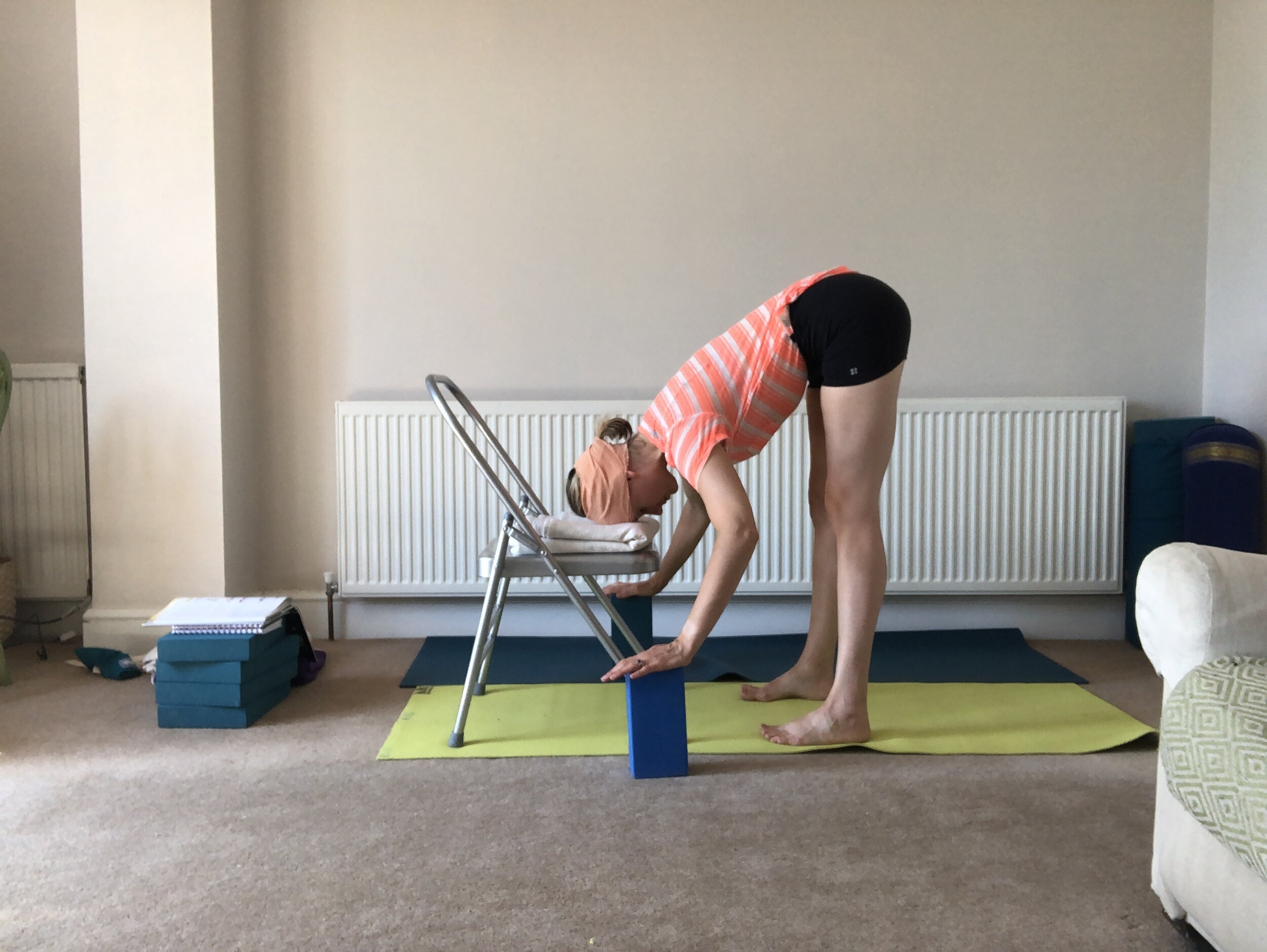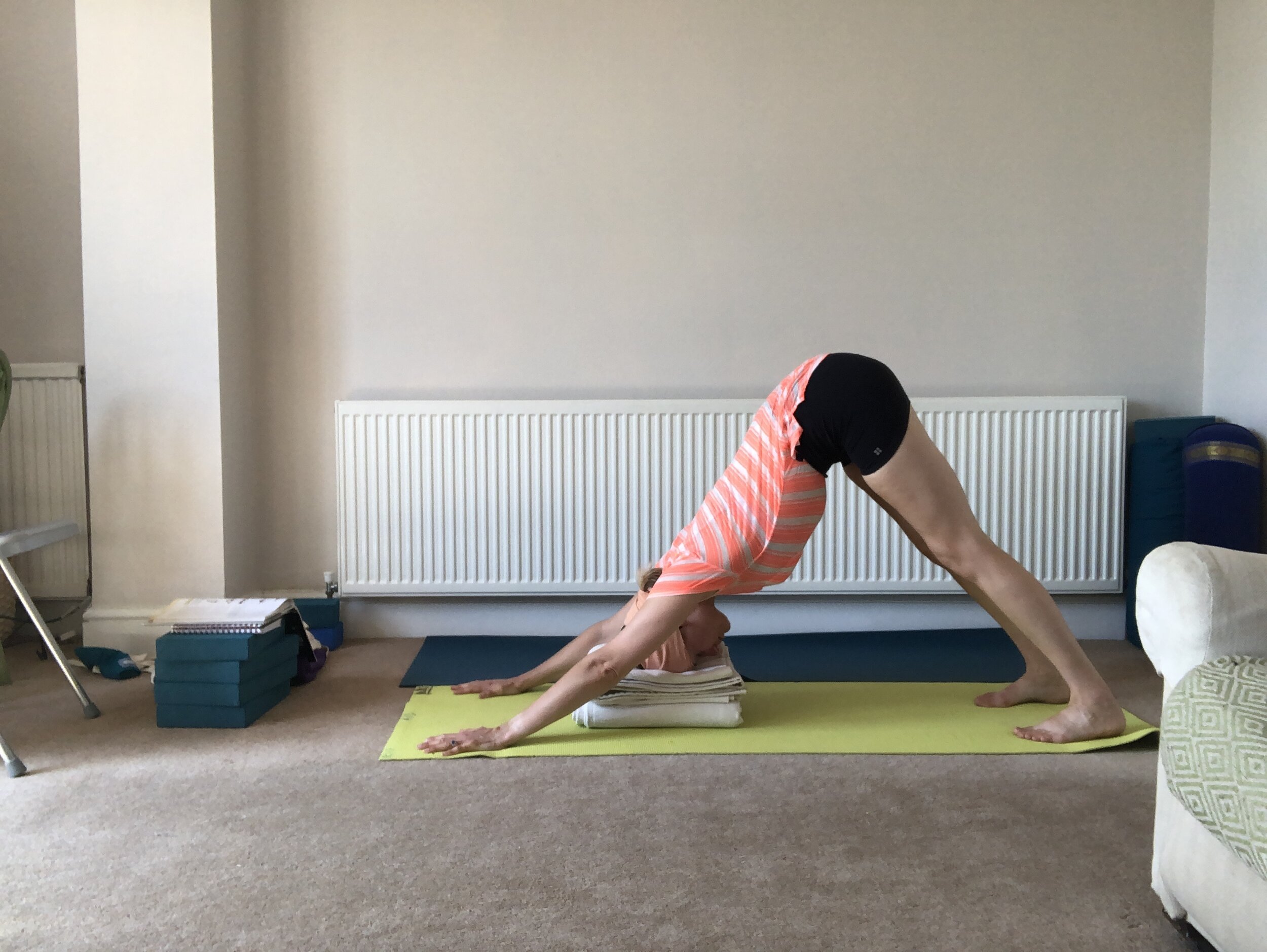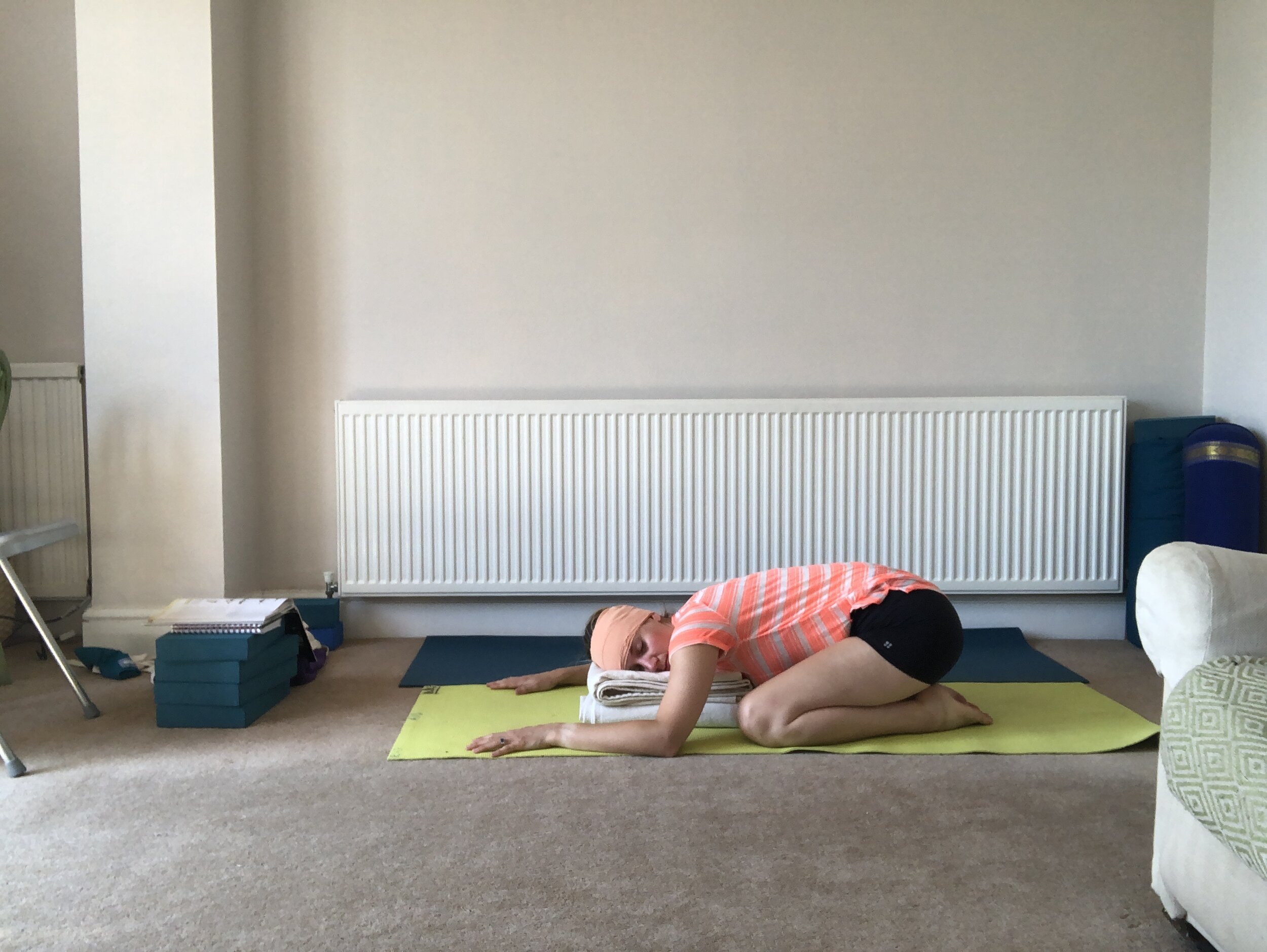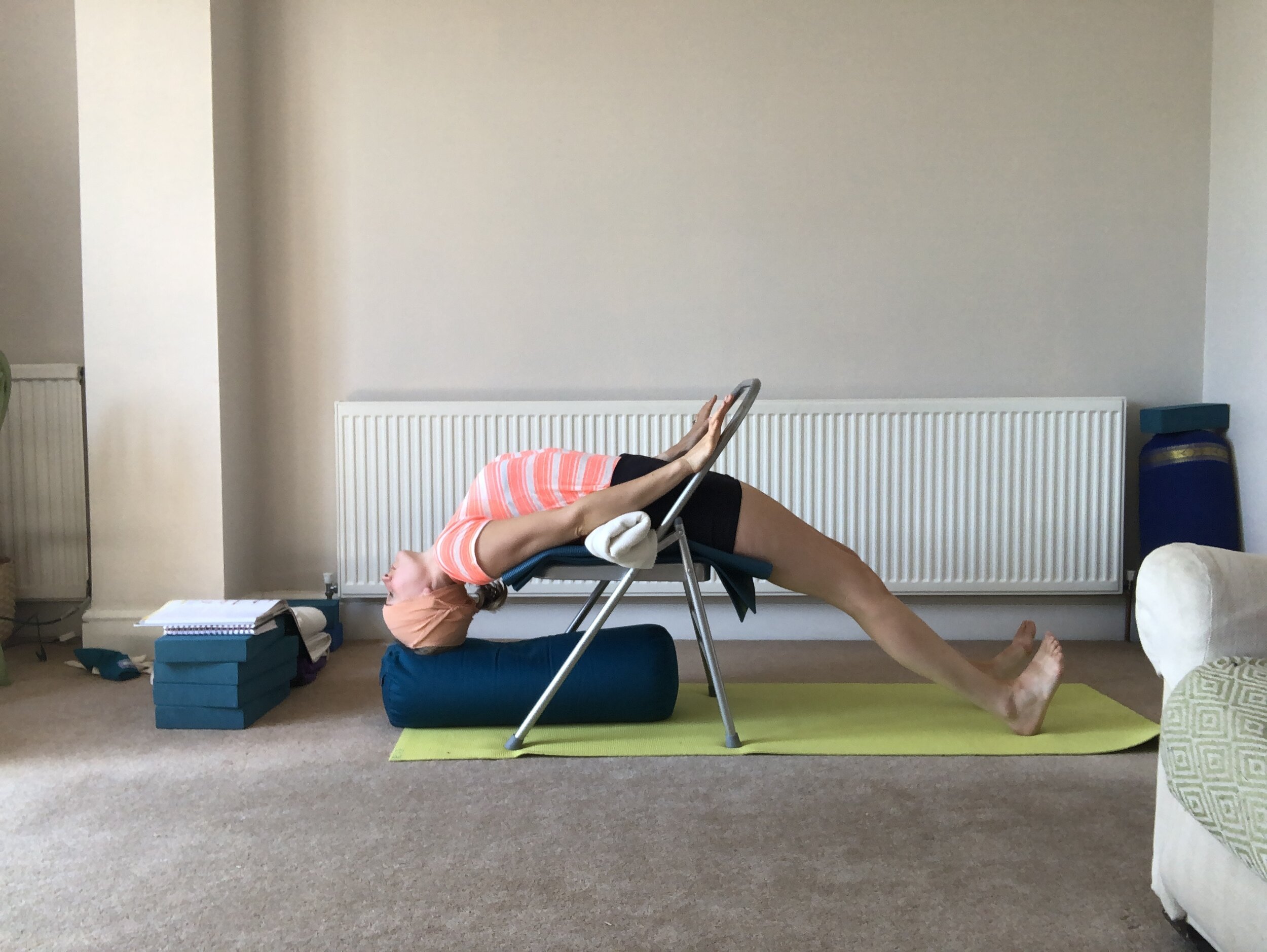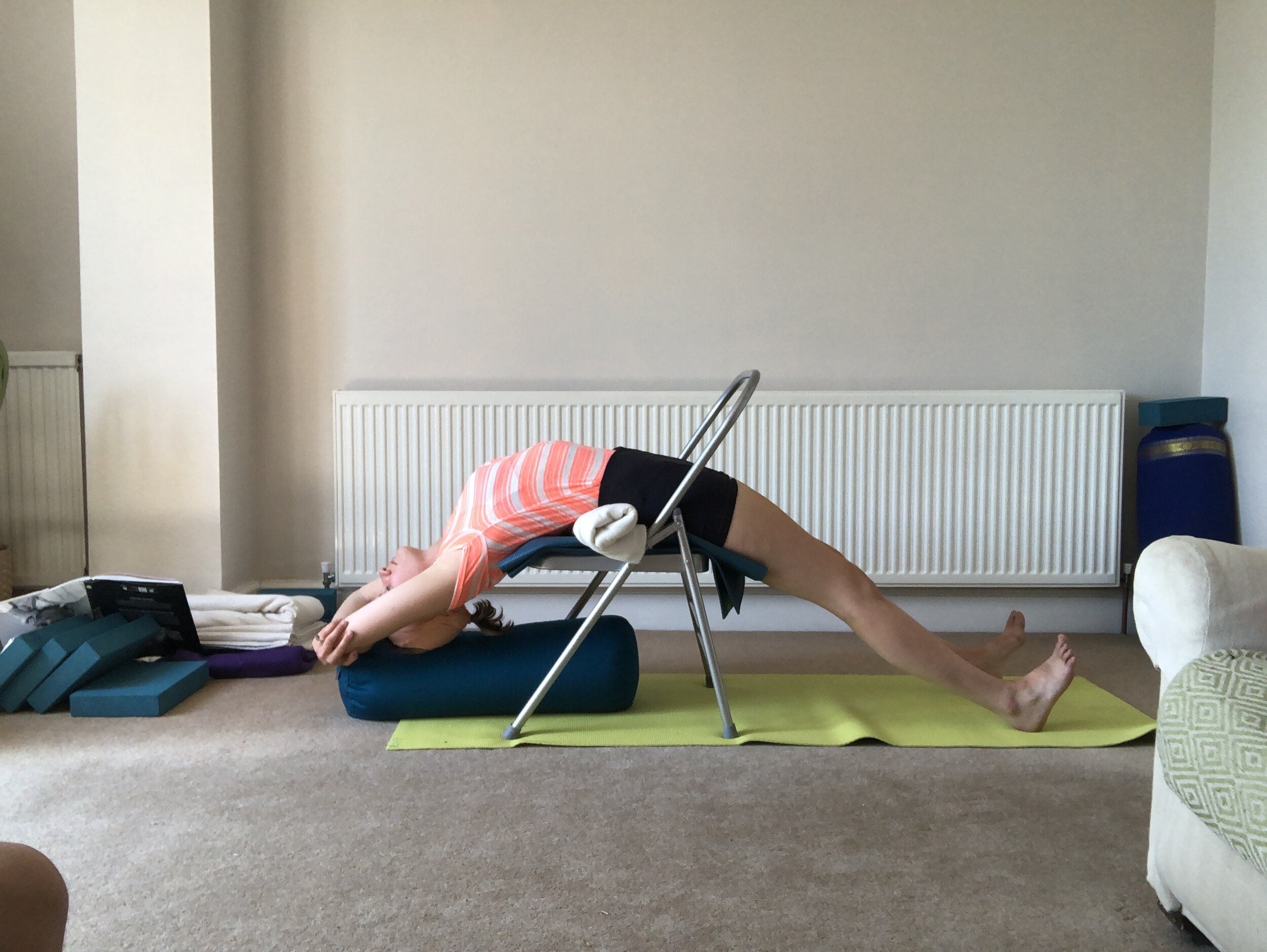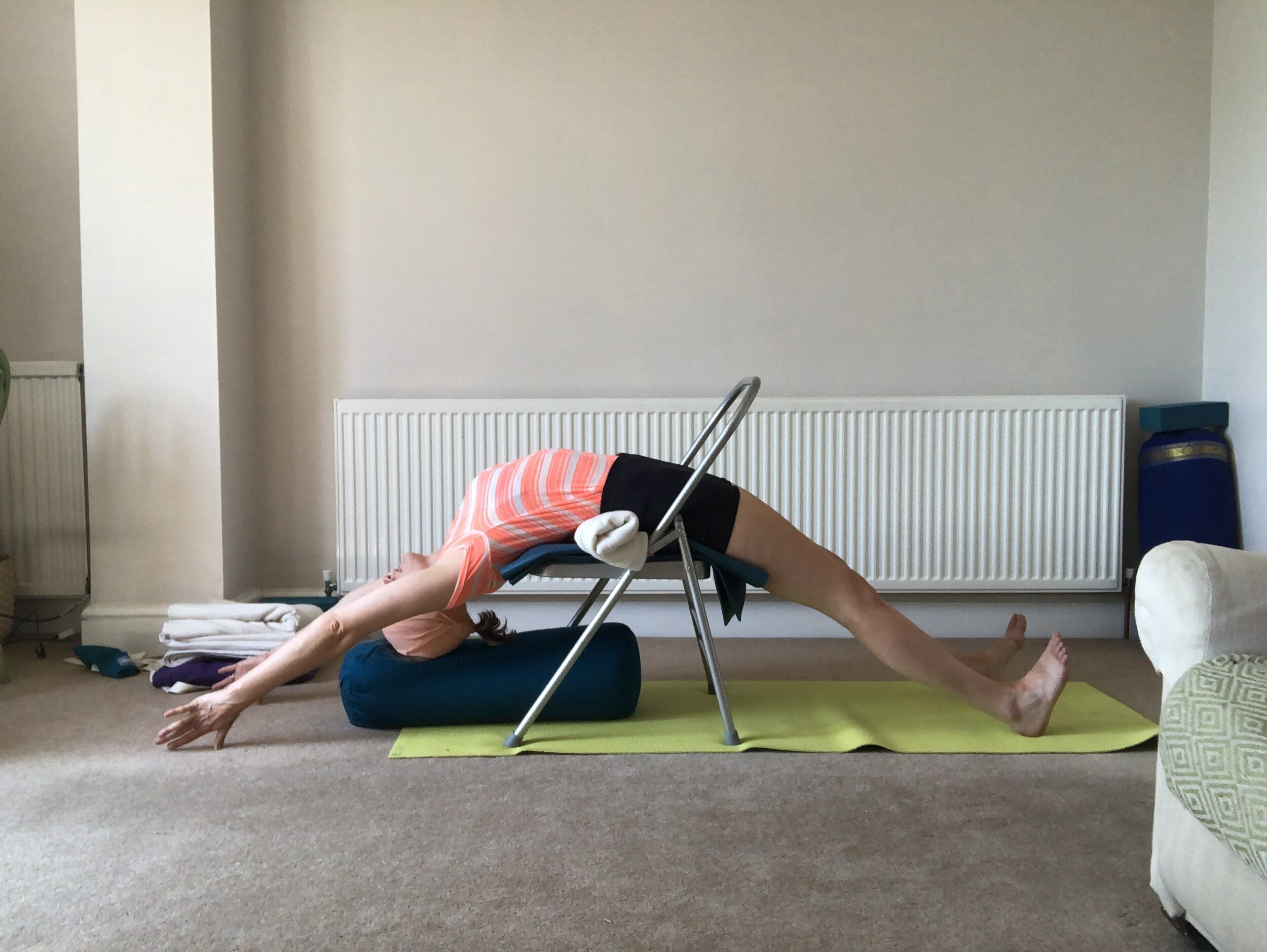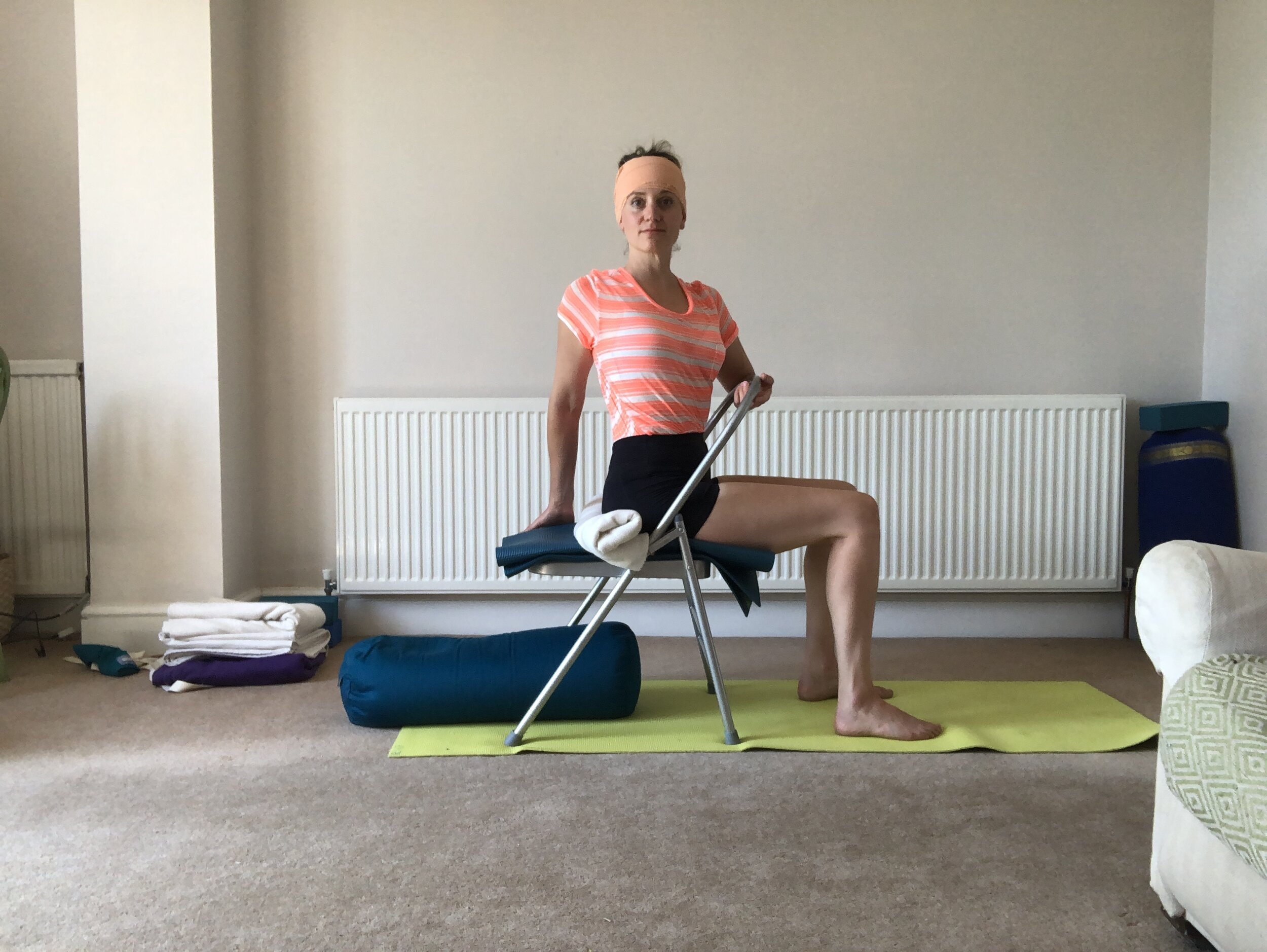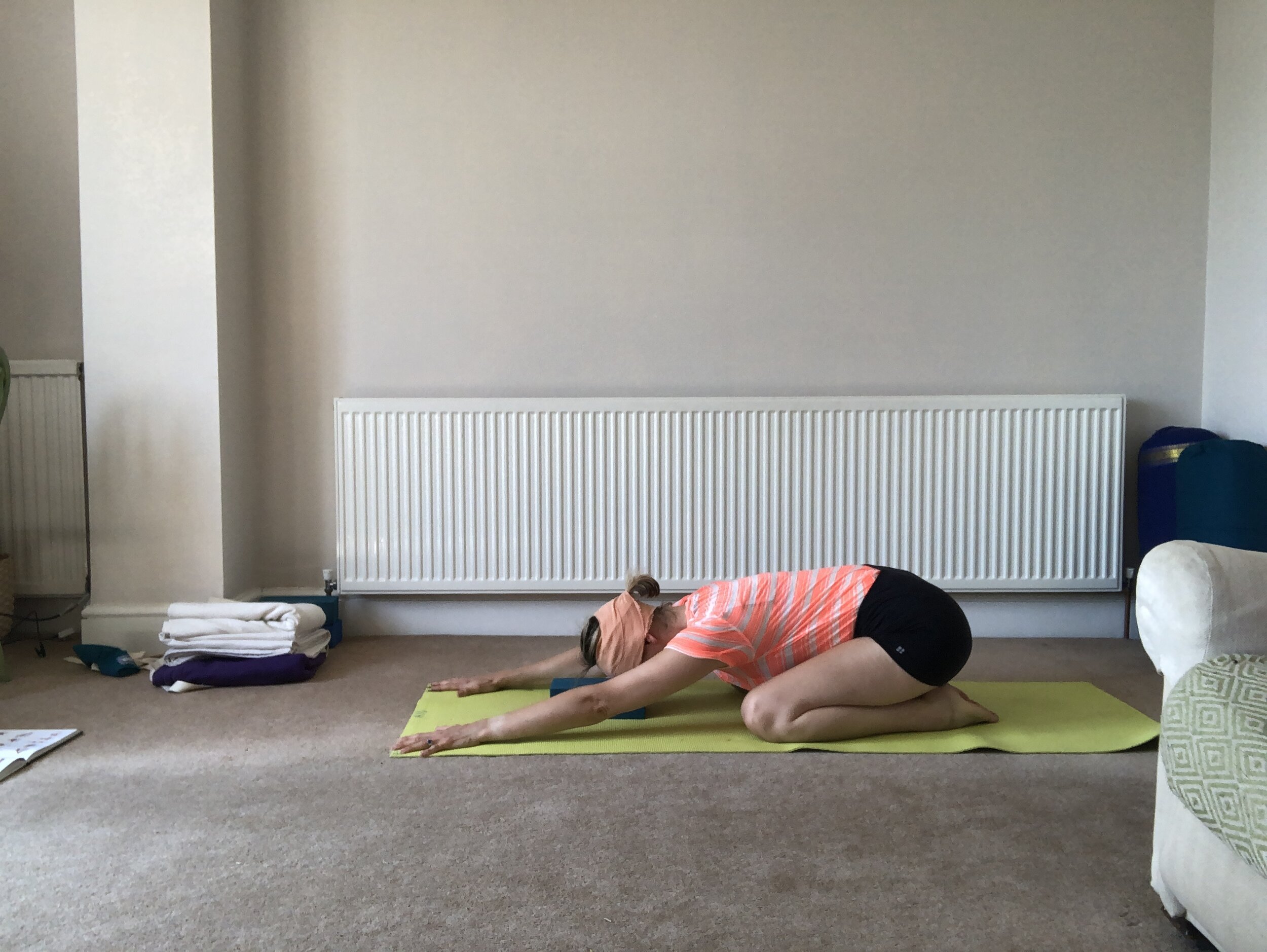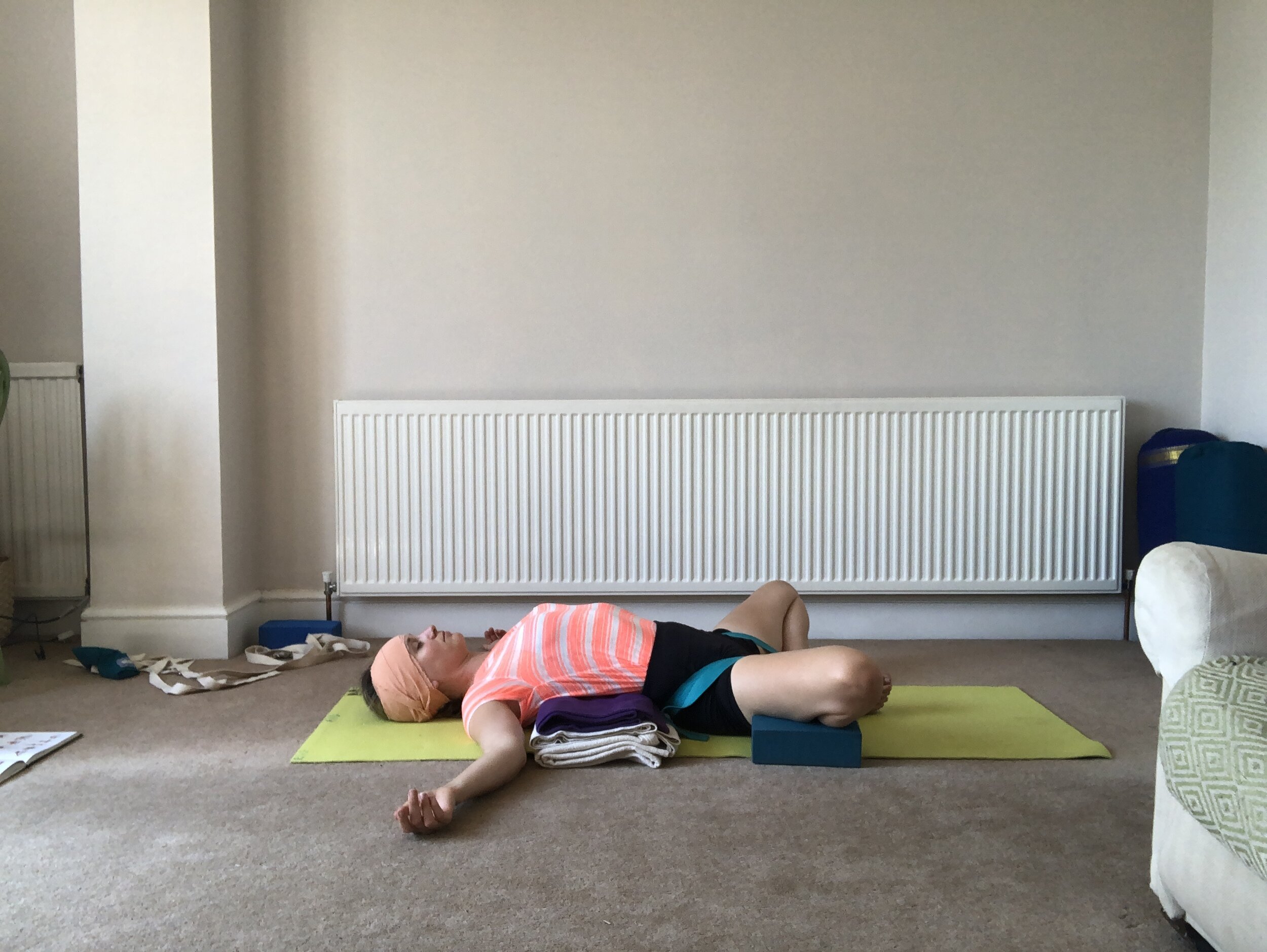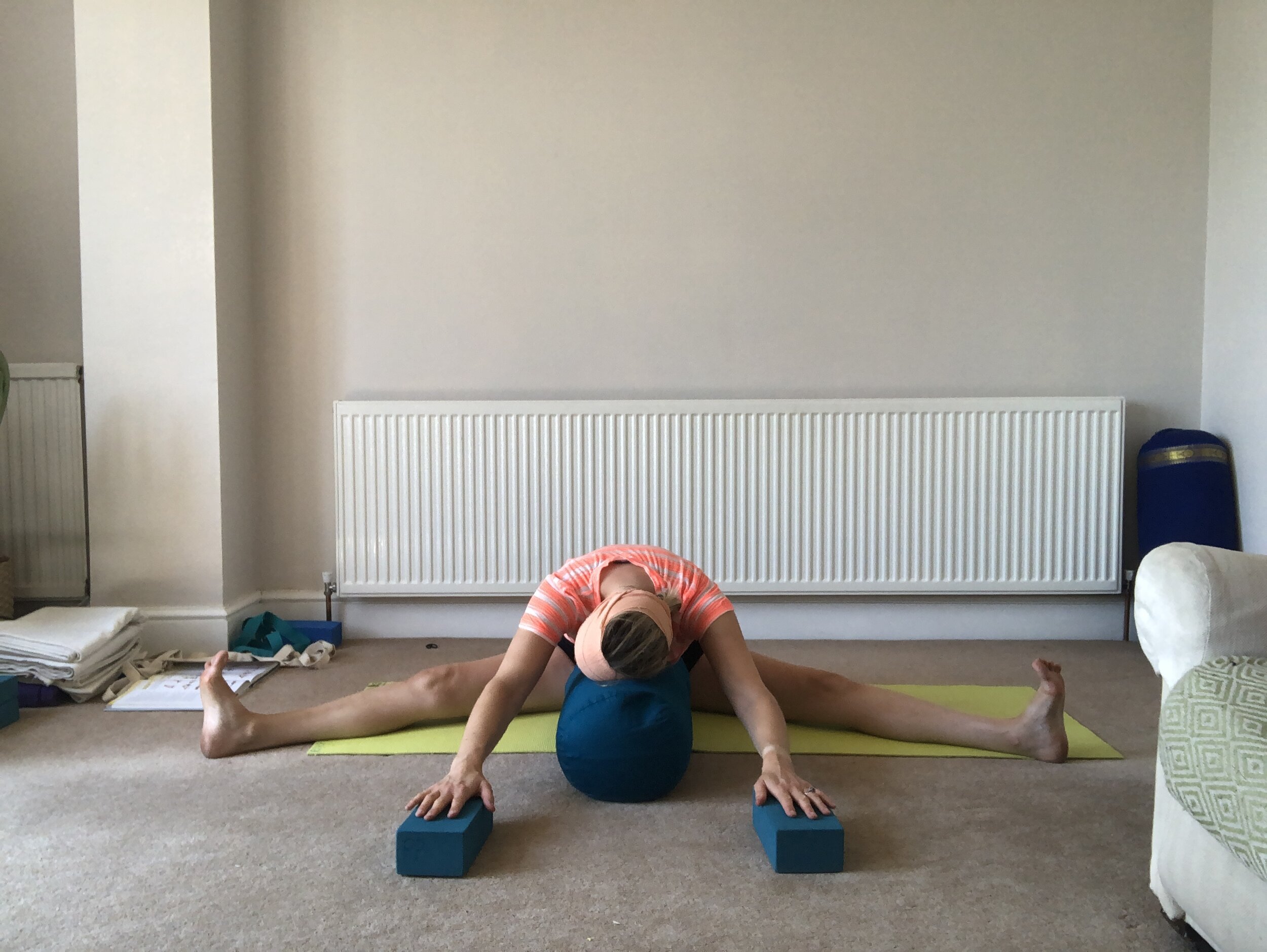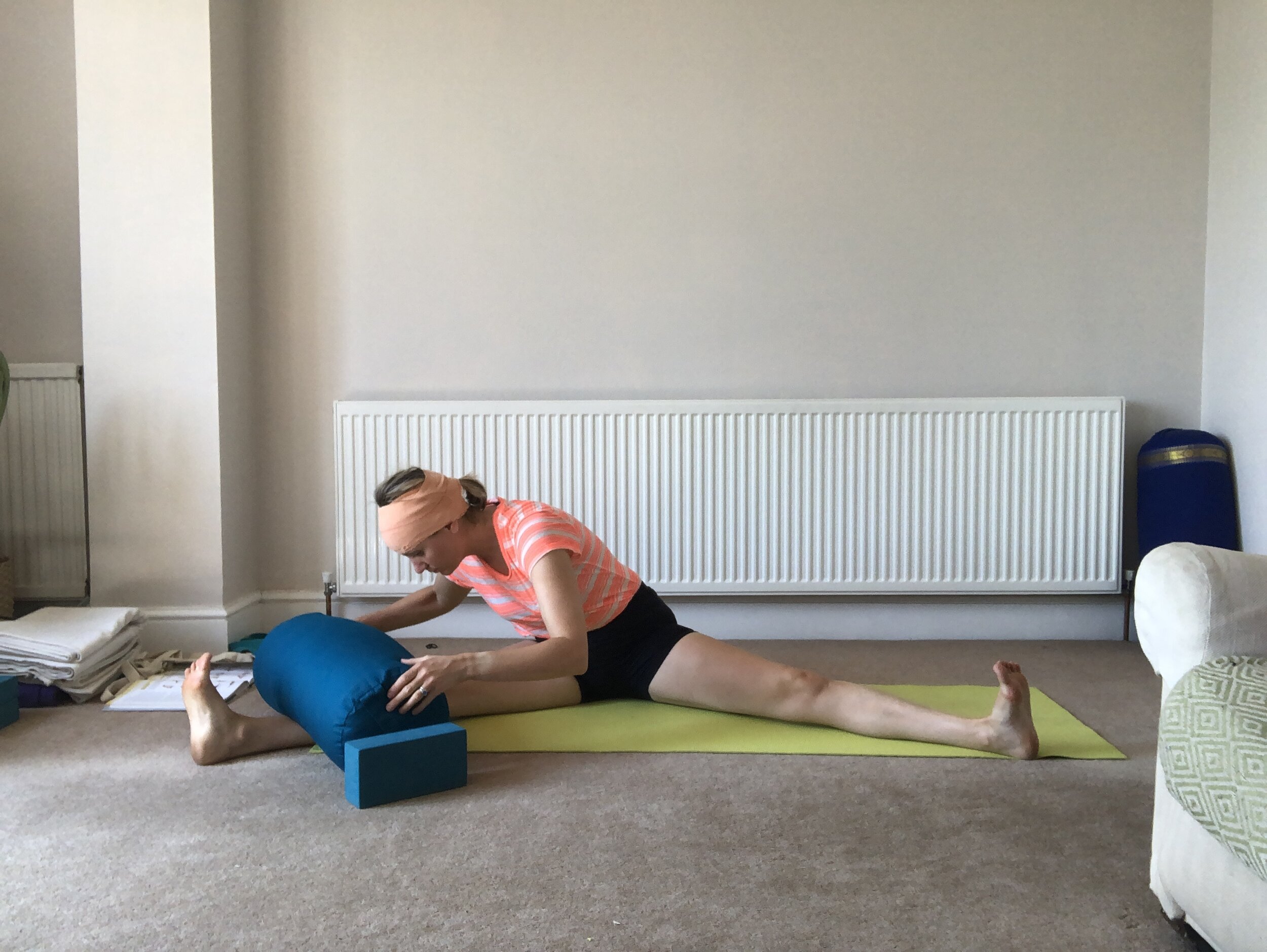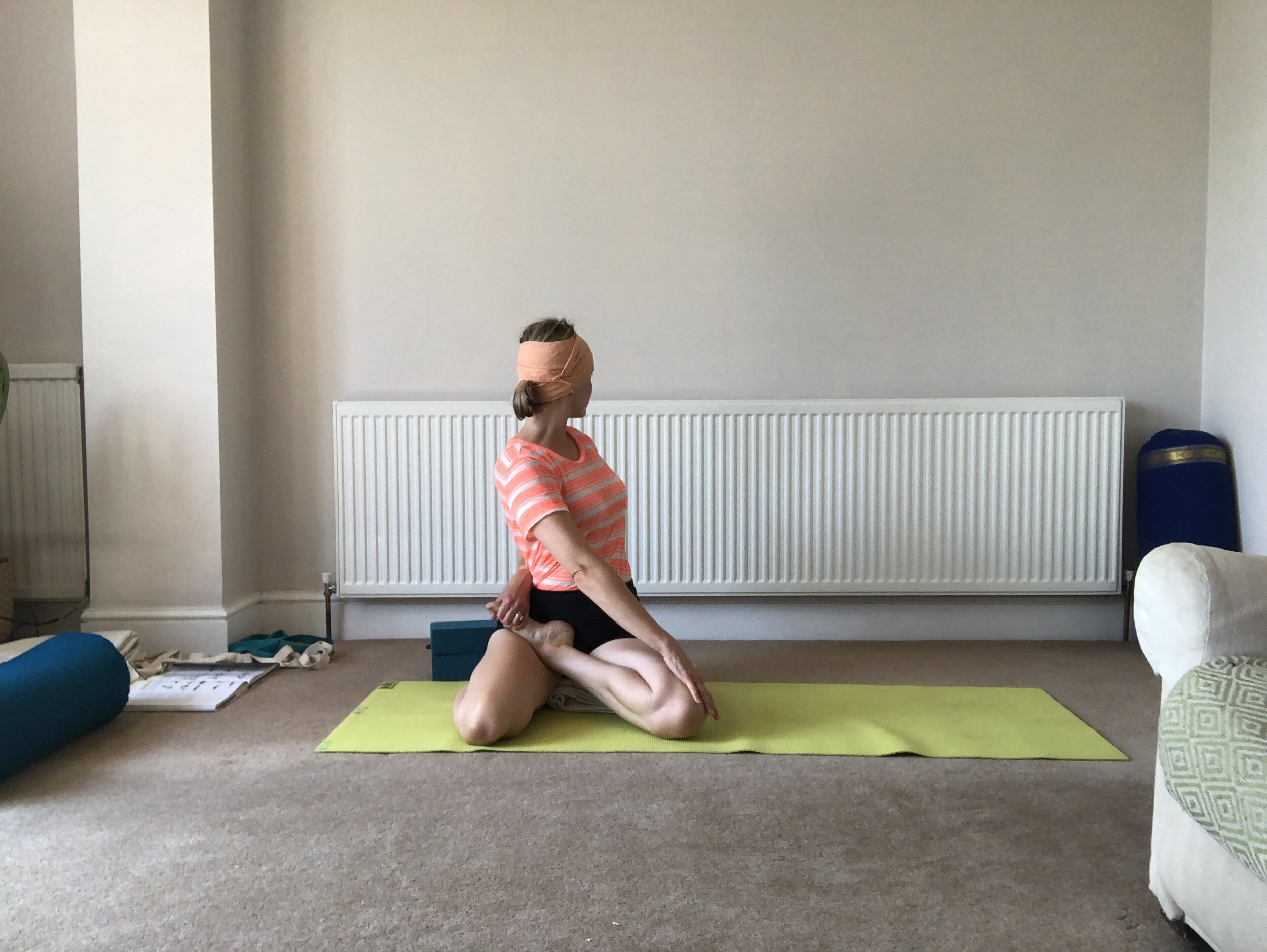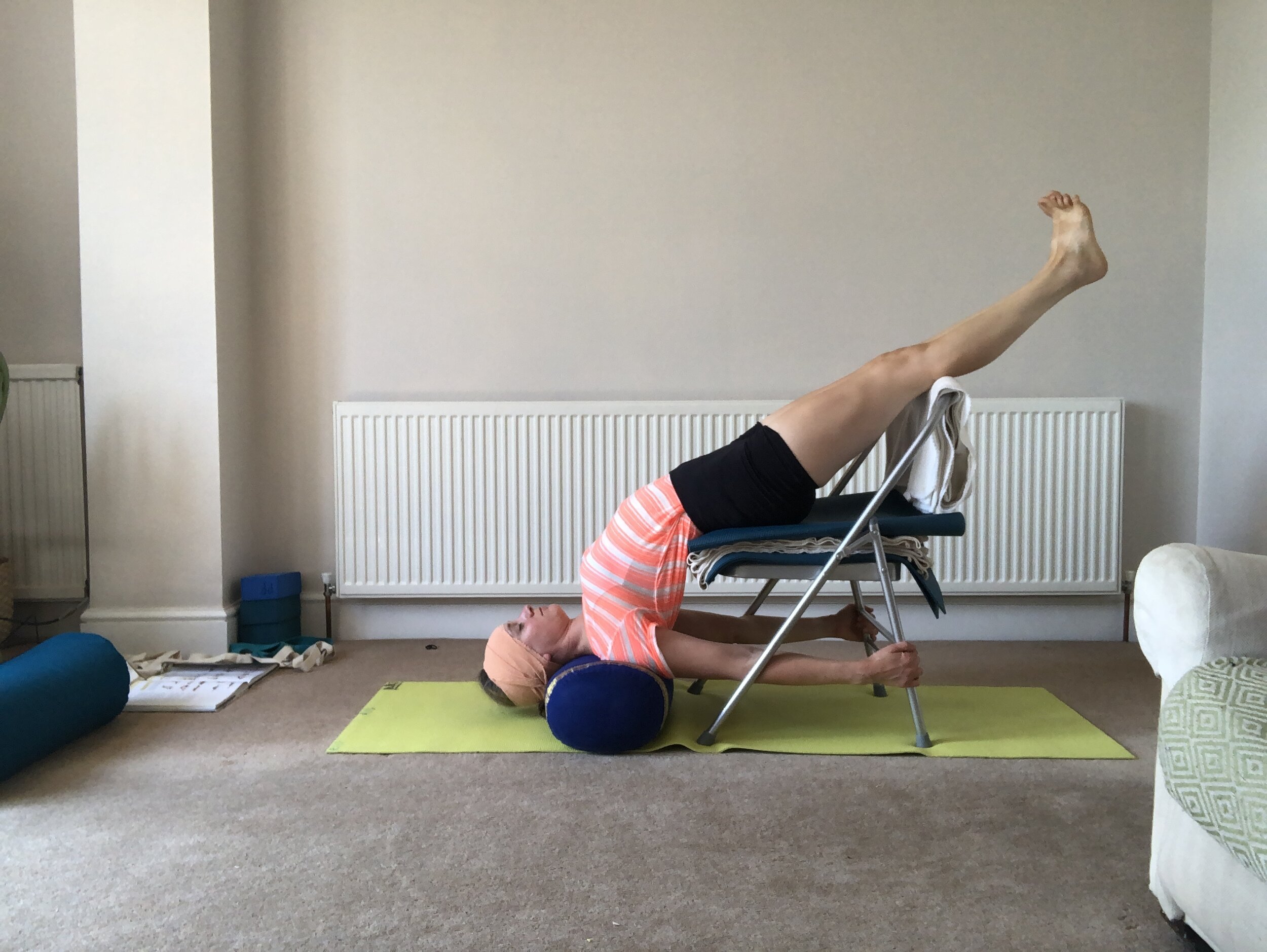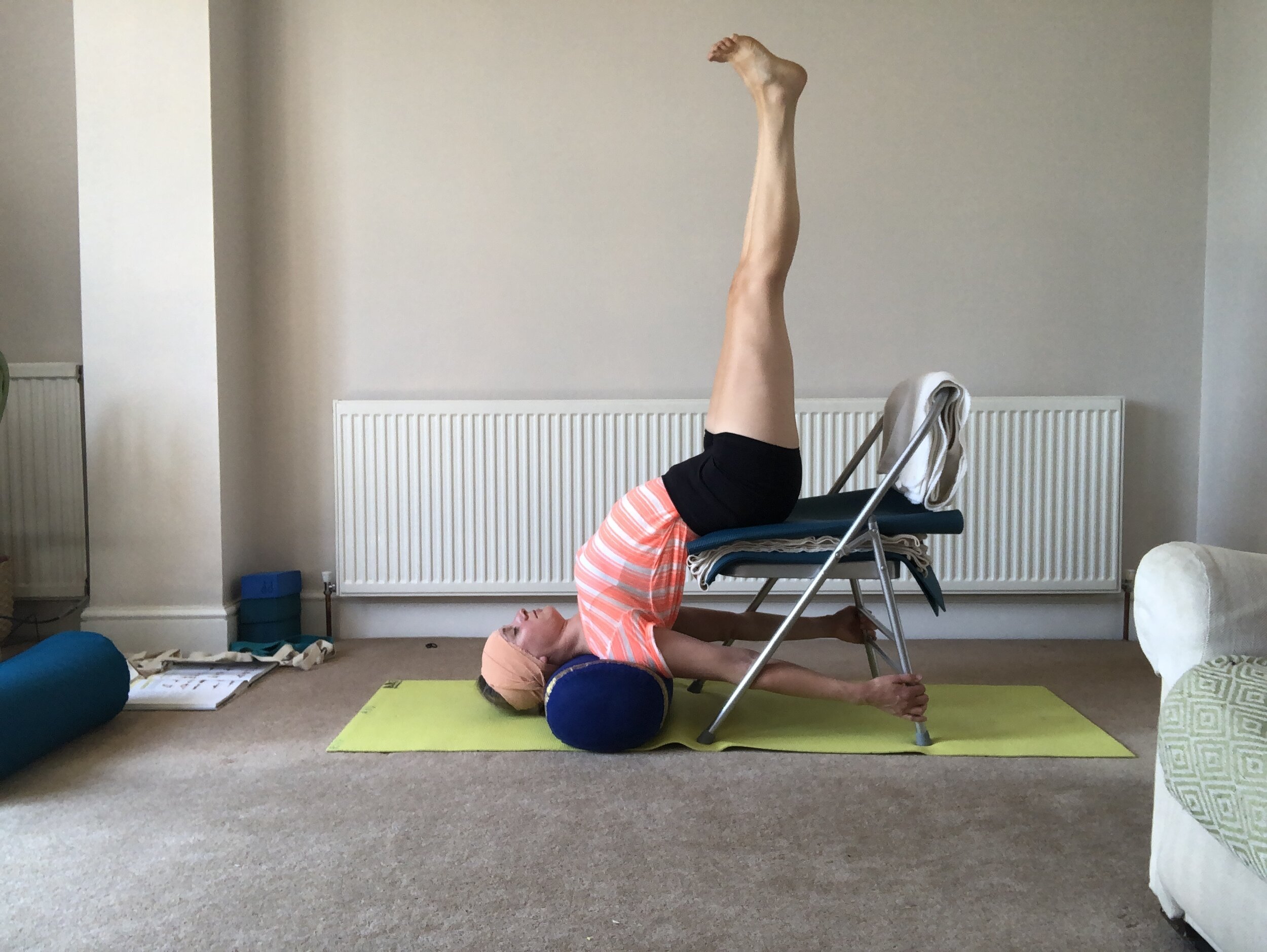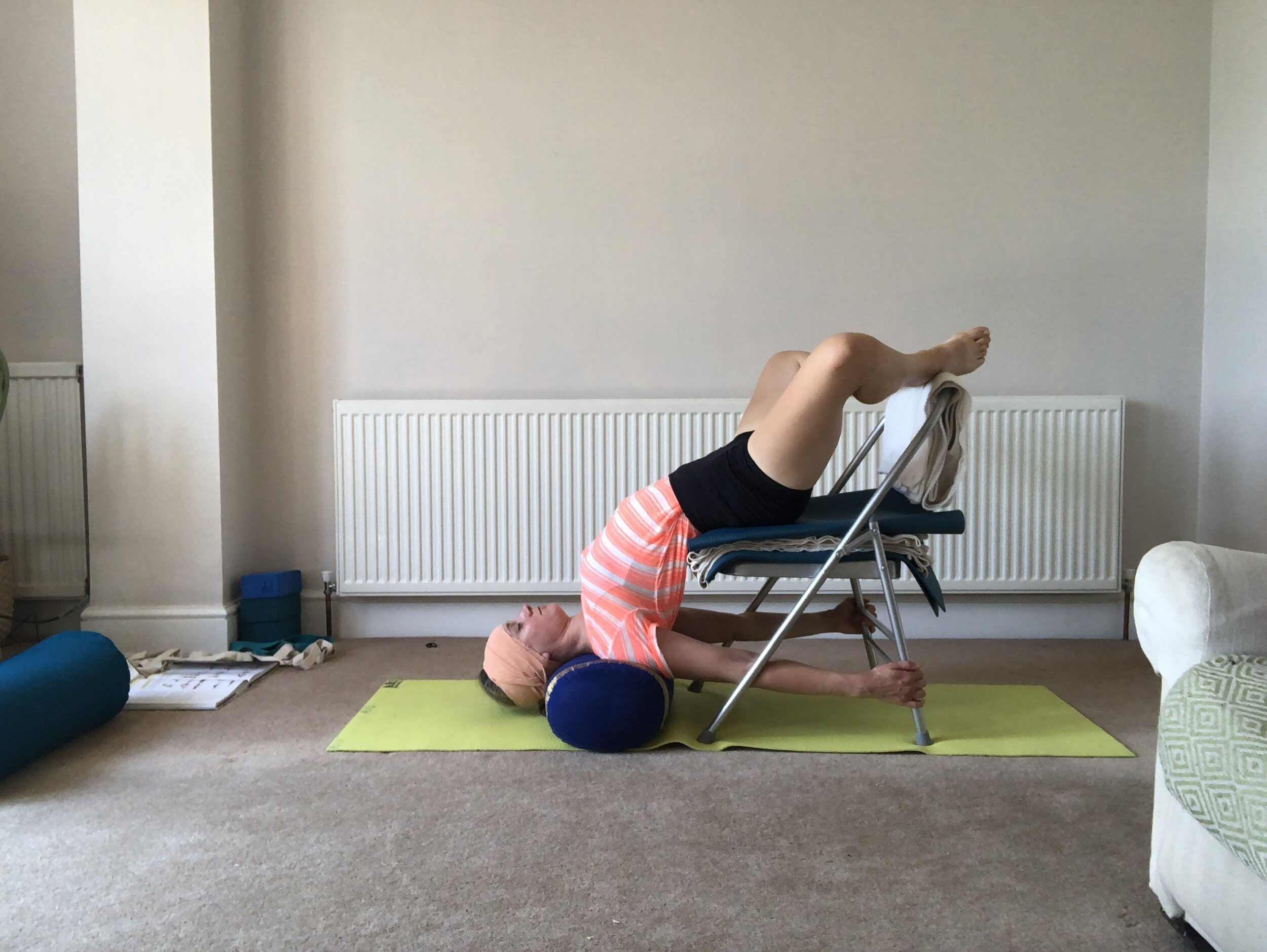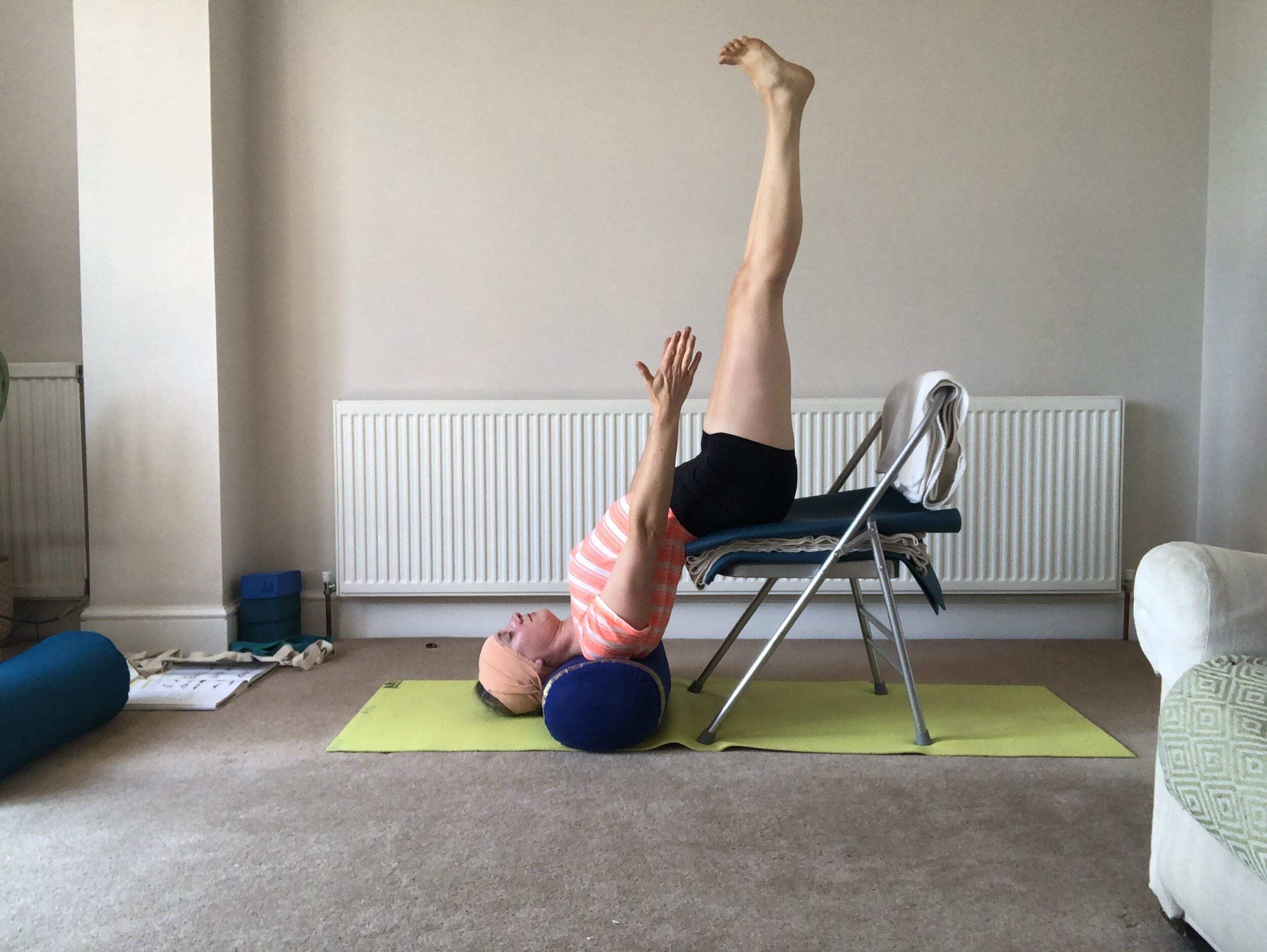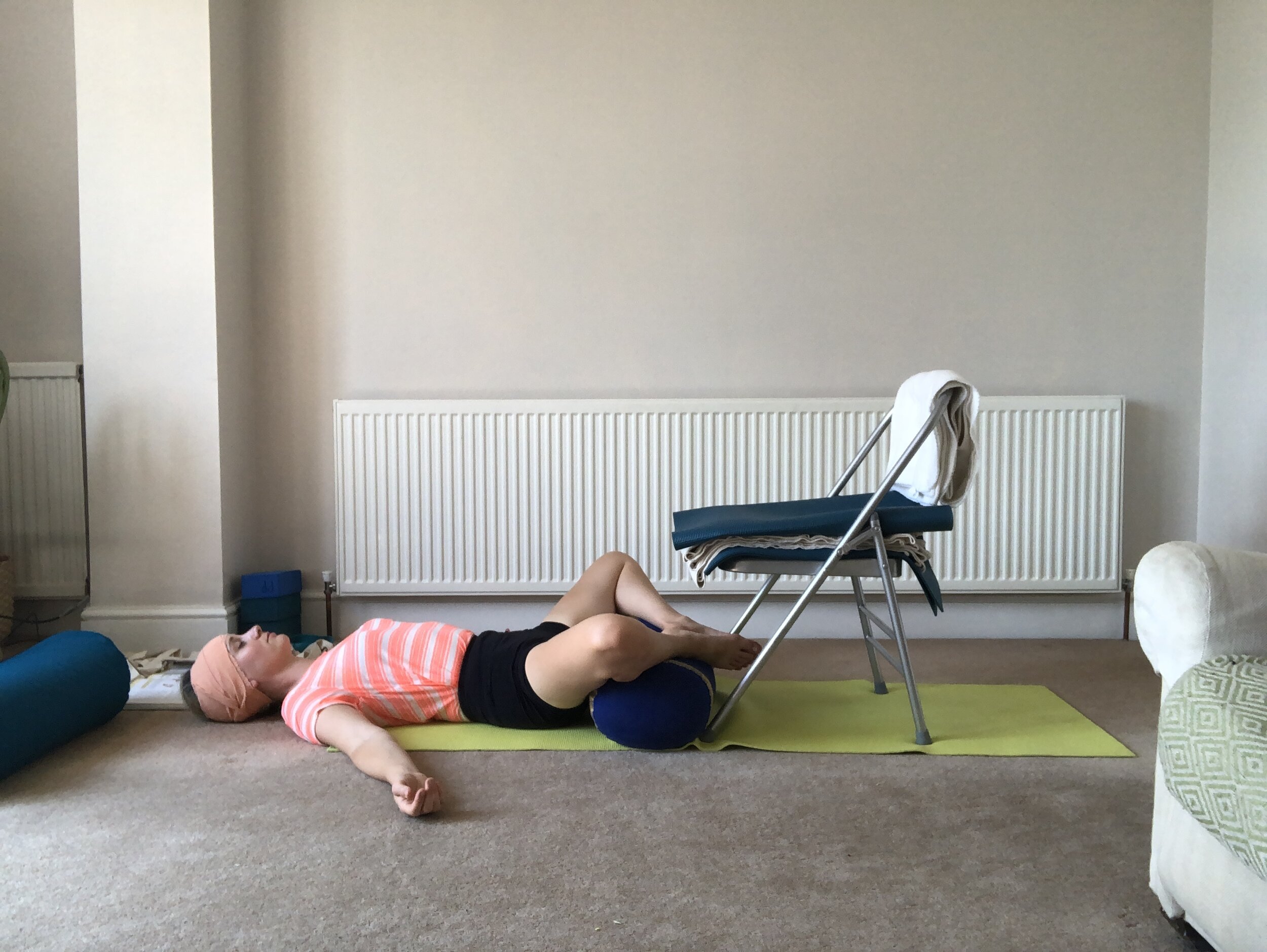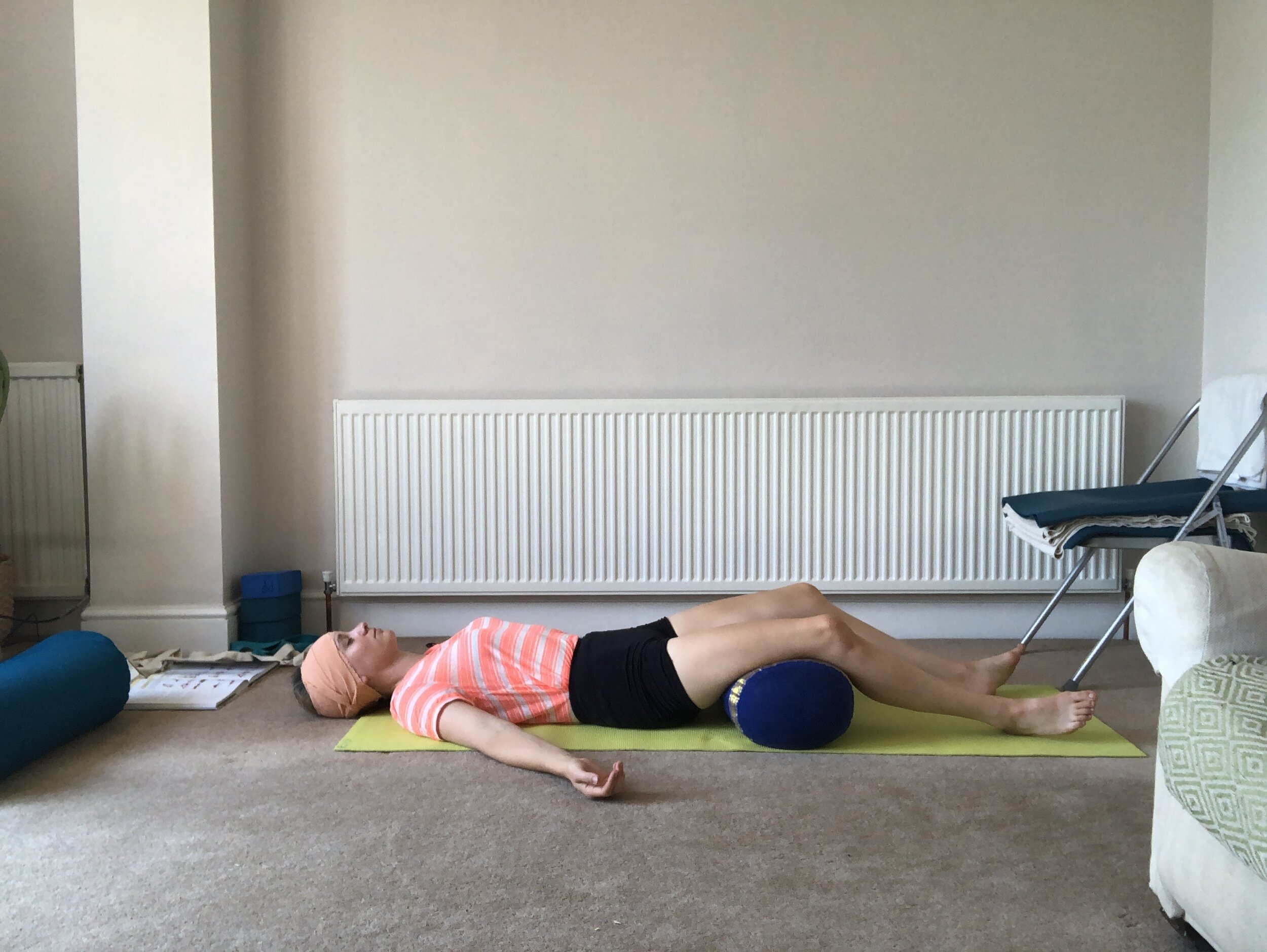Hi,
Lockdown has changed the usual chronological landscape of the year. The weeks, weekends, and months have merged into one undifferentiated block of time, and now it's officially the summer holidays and I’m looking forward to taking time off over August.
Rest is an important factor in maintaining our health, which is something to be all the more aware of in these Covid-19 days.
And although we’re leaving our houses less, many of us have found that life has gone back to being just as busy, but in a different way.
So how should we approach our yoga practice over the summer break and on any vay- or stay-cations we might be lucky enough to go on?
Rest
In yoga, it’s important to schedule rest. We were told as teacher trainees to practice six days a week, including a restorative practice, and to rest on one day.
Just as we always put a śavasana at the end of a yoga class, that day of rest allows the body to absorb the lessons learnt in practice as well as rest and recover.
It is not a race, and learning to pace yourself is part of taking responsibility for your own practice.
Home Practice when you’re Away
If you’re going away, take your yoga mat with you. But don’t worry if you don’t get round to practicing every day. This is your chance to rest and recover from the stresses and strains of everyday life.
When I go away I take a very lightweight travel mat, which folds into the bottom of my bag, as well as a belt. If we’re driving I might take my blocks too and wedge them into the boot of the car.
The best times to practice on holiday are usually when you wake up in the morning, or just before bed. Aim to do 15 – 20 minutes, and don’t worry if you do less than that.
The last thing at night can be a great time to do some restorative yoga. Get yourself settled into the restorative pose you feel most comfortable in, such as Supta Baddha Konasana, Supta Virasana, or Setu Bandha. Spend ten minutes in the pose, letting the attention rest on the breath. Then come into supported śavasana and carry on with breath awareness, gradually deepening and lengthening the breath.
Just Stop
There is no one-size-fits-all approach to yoga. But if you’re a driven sort of person, who likes to get things ‘right’, it’s important that you give your body a break from the physical practice of yoga every now and then.
After I took my yoga assessment over three years ago, I stopped practicing for a couple of weeks. My body had taken a bit of a punishing from the rigorous practice regime I’d had to do, and taking a break was just what my body needed.
Adapt your Practice
If your home practice is still sporadic then it might be best to keep up with your practice over the summer break. Put three days a week in the calendar, and tick them off.
But you can still make your regular practice more restful. B.K.S. Iyengar says:
“In asana practice, we are trying to generate and stabilize our energy, to maintain it and not waste it unnecessarily.”
So even if you're doing some standing poses, backbends and inversions for energy, you can still make sure they don't deplete you. To do that, make sure you release any unnecessary muscle tension in the body - the classic areas of tension are in the tongu.
Make sure you keep breathing normally while in the poses, as holding your breath adds an element of strain.
And take breaks between poses going into resting poses such as Adho Mukha Virasana or Ardha Uttanasana.
Sequence to Adapt to a HOT Climate
If you're lucky enough to be going away somewhere hot, it can take a while for the body to adapt.
The following sequence, adapted from B.K.S. Iyengar's Yoga for Sports, will help you to acclimatize quickly so you can enjoy your holiday*:
And finally thank you to everyone who's come to my online classes and workshops, read or responded to my blogs, or sent me emails to let me know how you're doing. This has been a strange time, and the supportive yoga community we all share has been a brilliant way to keep feeling connected, even if we can't be physically together.
Have a great summer - and don't forget to get some rest!
Poppy x
*Please bear in mind that in my demonstrations I’m mostly showing you the final variations of each pose. Do adapt the poses to suit your body, any injuries you have, and your physical state e.g. going forward to a bolster/chair, and substituting Setubandha for Sarvangasana if you have your period or any neck or shoulder injuries.
The bandage I’m wearing round my head is to aid cooling and calming of the brain.

